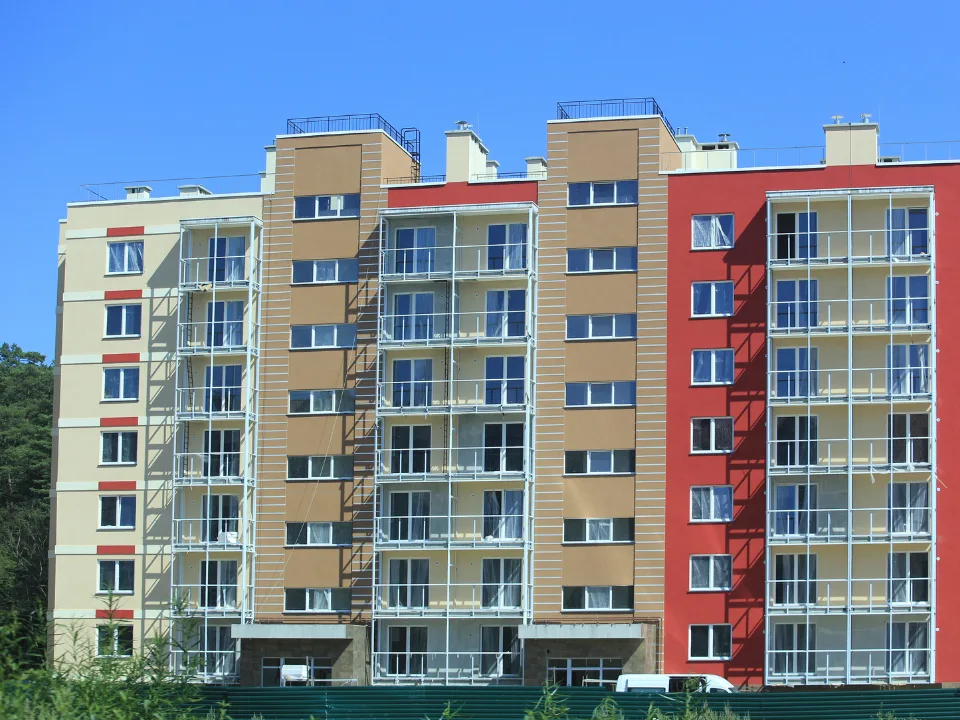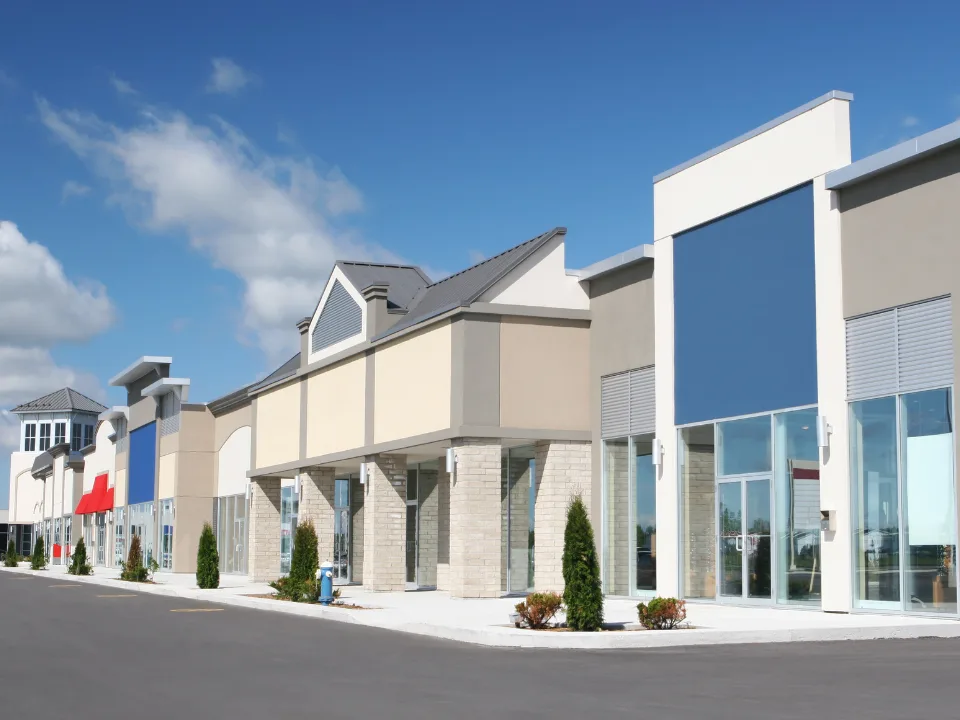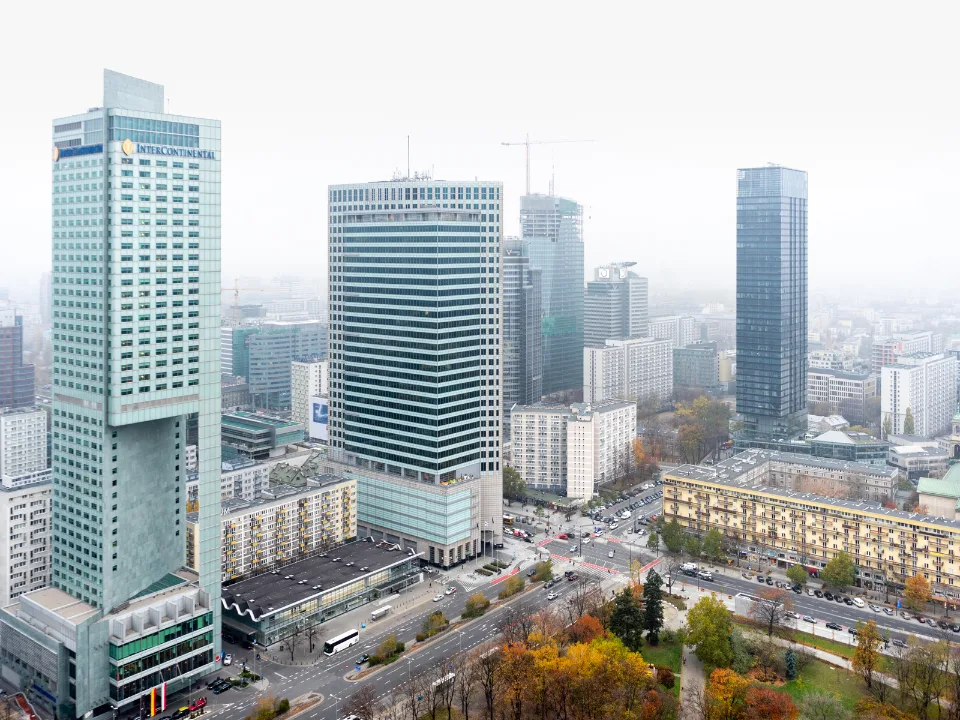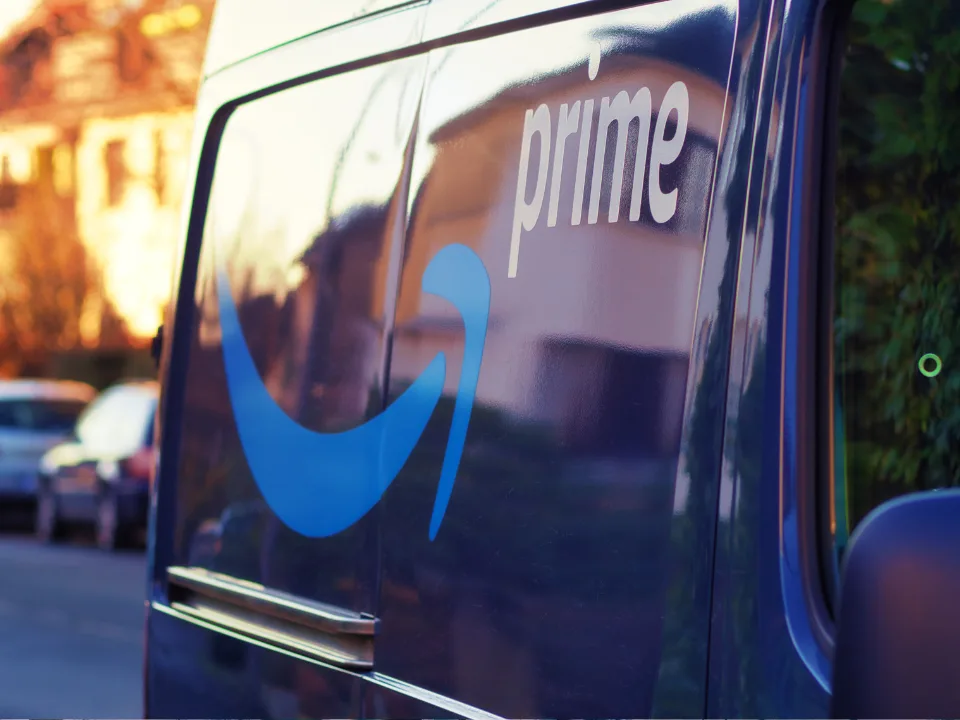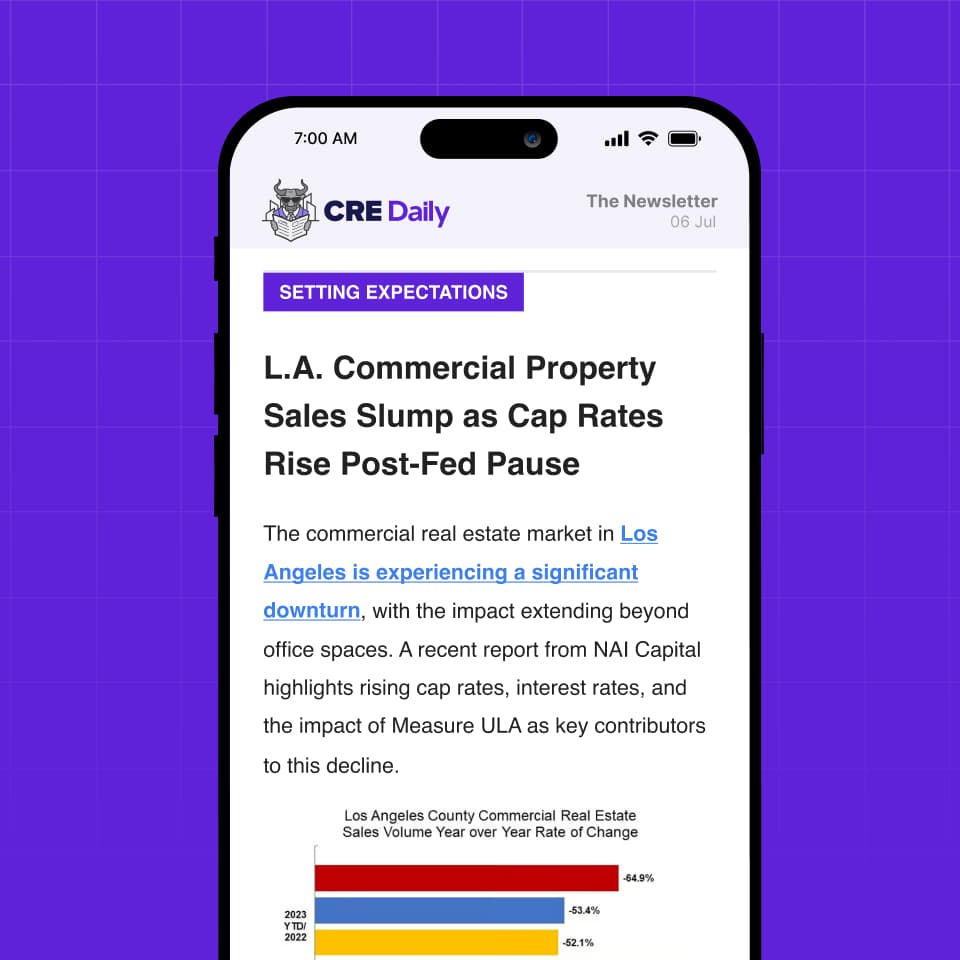- Joshua Simon’s company, SimonCRE, has built 2.6M SF of retail since 2018 and plans to add another 1.5M SF in the next year across six states.
- His projects rely on local financing, public incentives, and sites with affordable land and strong population growth.
- Most developers have pulled back from retail due to rising construction costs, inflation, and economic uncertainty.
- In 2024, just 30M SF of net-new retail space was delivered nationwide — a near record low, per JLL.
Going Against the Grain
At a time when high costs and economic uncertainty have sidelined most retail developers, Joshua Simon is moving forward with confidence. His Scottsdale-based firm, SimonCRE, has committed over $1B in retail projects and expects to invest another $500M by 2026, according to the WSJ.
While most peers cite high construction costs, permitting hurdles, and shifting consumer habits as reasons to sit tight, Simon sees opportunity — especially in Sun Belt markets like Arizona, Indiana, and Tennessee, where retail demand remains solid and municipalities are eager to spur development.
The Strategy: Incentives + Market Timing
Simon’s model hinges on working with cities that actively support retail development. In Mesa, AZ, for instance, local officials approved a $100M retail center and offered to reimburse Simon for infrastructure costs if specific retail tenants are delivered.
Cities with lower property taxes often rely more heavily on sales-tax revenue, making them willing partners in retail projects. That public buy-in is a crucial part of Simon’s strategy.
Get Smarter about what matters in CRE
Stay ahead of trends in commercial real estate with CRE Daily – the free newsletter delivering everything you need to start your day in just 5-minutes
What Makes It Work
Simon focuses on:
- Affordable land in growing communities
- Local and regional lenders willing to underwrite retail
- Pre-leased tenants like Sprouts, HomeGoods, and Ross
- Selling completed properties quickly to lock in returns
His high-profile success, Village at Prasada, became the largest shopping center built in the western U.S. in the past seven years. Despite pandemic-era cost overruns, the first phase is fully leased, and construction has begun on phase two, bringing the project to 1.3M SF.
Why Others Are Hesitant
Nationwide, retail development has fallen sharply since the 2008 financial crisis. Construction costs, further strained by tariffs on materials like steel and aluminum, remain a top concern. Even with strong tenant demand, rent growth often can’t cover the cost of new construction.
In contrast to Simon’s approach, firms like Marx Realty say new ground-up retail simply doesn’t pencil out in markets like New York due to high land costs and zoning hurdles.
A First-Mover Advantage
SimonCRE’s ability to push ahead while others pause gives it a strategic edge. As retailers expand into secondary markets, demand for new store space is rising — and there are few new projects to meet that need.
“The few that survived, they’ve got a huge leg up,” said Bronson Naab, SVP at National Bank of Arizona, which has lent over $200M to Simon’s firm.
What’s Next
With momentum from his existing pipeline and more cities warming to retail partnerships, Simon believes there’s more room to grow — even if the rest of the industry stays on the sidelines a bit longer.
He admits it’s a tough business. But for now, he’s among the few developers proving there’s still a case — and a market — for building new retail.


